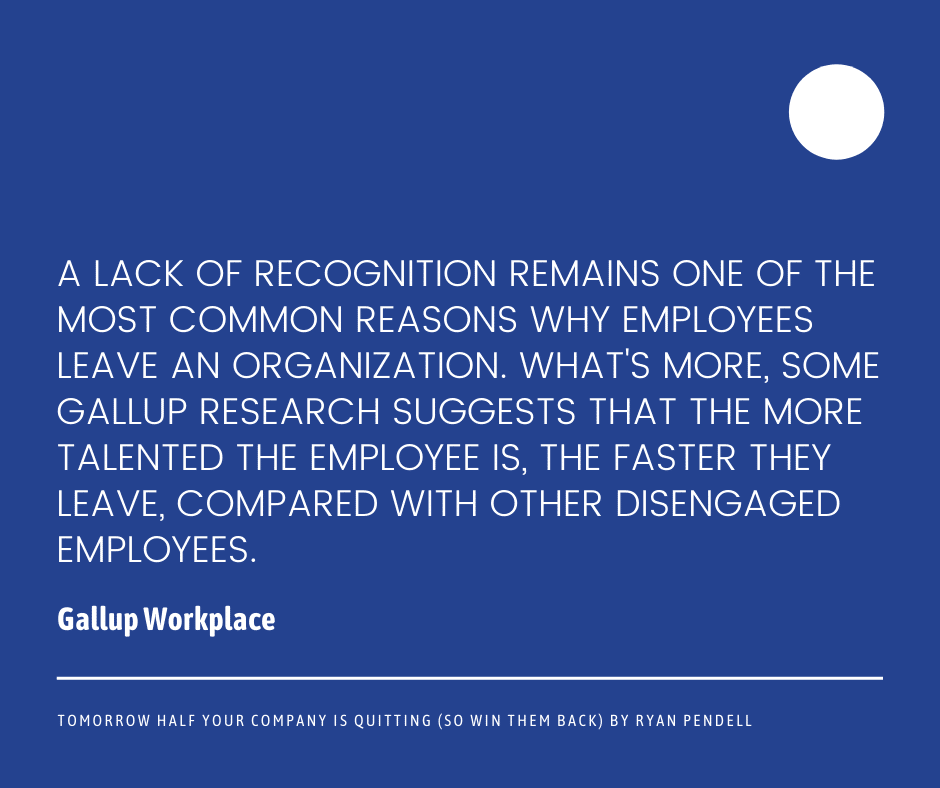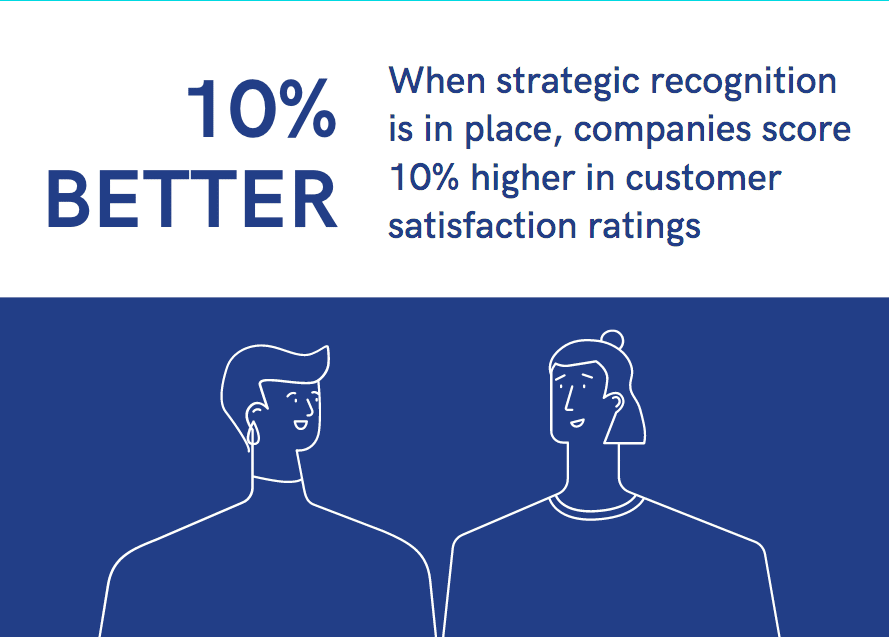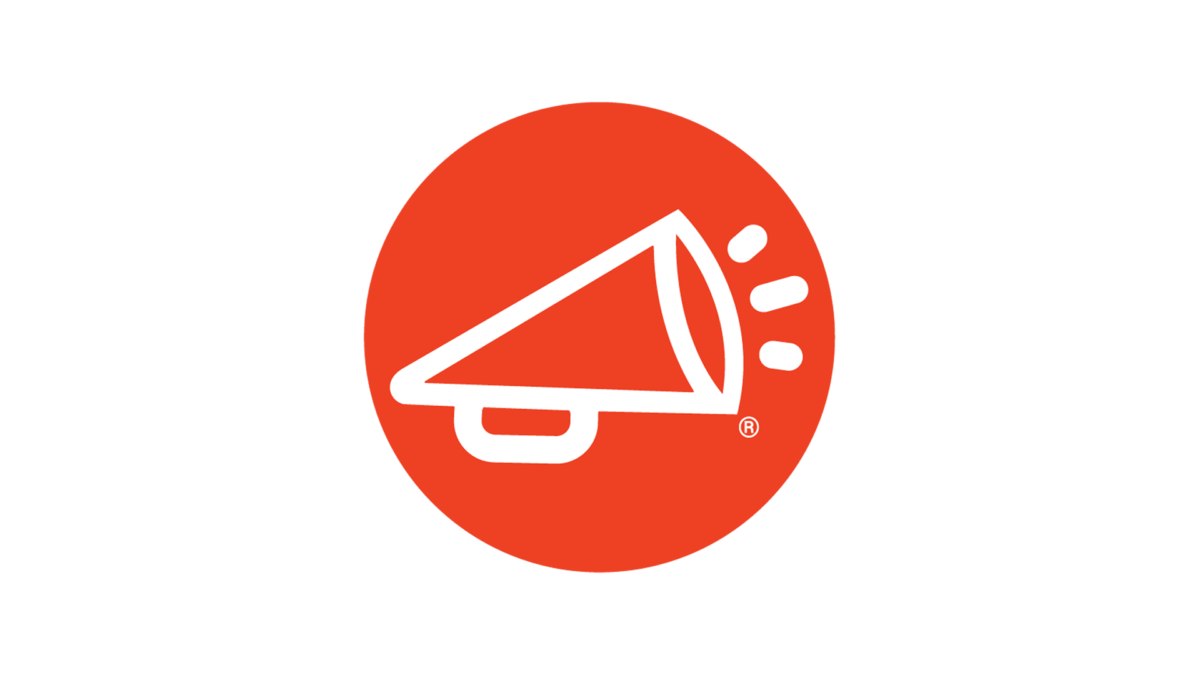

The strategic recognition program is a time-tested instrument for company culture management. Ideally, a strategic recognition program is a sound investment with a measurable ROI. However, there is a big learning curve for any organization with a fair amount of trial and error.
This article will walk you through the latest findings and best industry practices in employee recognition.
Whether you’re just starting research on this topic, or looking for new ideas or arguments that will help you to achieve greater support and expansion of recognition activities within your organization, our goal is to share our knowledge for your success. We believe that employee recognition is one of the essential pillars of positive and productive company culture.
Table of contents


We live in a fast-paced digital world. However, we can confidently say that the stable focus across industries is in the following key areas that help improve employee experience across the board:
Any recognition program that you implement needs to take into account these focus areas to be truly effective. It needs to be easy and fun to use, it needs to add value to both the employee and organization, it needs to provide actionable data to continuously improve and engage employees, and it needs to be flexible to both drive and adapt to organizational change.
A great and effective recognition program helps to:
Many traditional recognition programs reward employees for the presence and not performance. This does very little to retain staff and reduce turnover when more and more people expect to be recognized for good work.
Additionally, the data provided from these programs (if available at all) is not actionable in terms of improving engagement scores, driving performance, and therefore improving the employee experience.
Traditional recognition programs include:
To drive performance in meaningful ways, a recognition program needs to be based upon your organization’s strategic objectives, customer experience, and cultural values. These program objectives would define how all recognition is awarded.
While modern methods of recognition can take many forms and should be tailored to your organization’s unique needs, some universal rules help build a strategic reward and recognition program that will contribute to any organization’s success.
Implement technologies similar to those used in everyday life
Reach for the maximum personification
Ensure the highest recognition frequency and reach possible
Show employees opportunities for personal and professional growth
One valuable outcome and reason for recognizing employees is that studies show that people who feel appreciated are more positive about themselves and their ability to contribute, i.e., employee recognition can boost productivity and increase satisfaction (Daniels, 1999; Darling et al., 1997; Nelson, 2005; Gostick & Elton, 2007).
The Effects of Employee Recognition, Pay, and Benefits on Job Satisfaction: Cross Country Evidence
Program success depends on the engagement levels, which, in turn, depends on how promising it looks for staff members at all levels of the corporate hierarchy. That’s why you need to align the program to both the organizations’ and the employees’ purpose and goals.
To ensure that the new recognition program meets staff expectations, you can use a number of tools to collect the insights:
To validate the plan and gain senior executive support, you’ll need to project the main outcomes:
Strategic priorities could differ from organization to organization. Still, support and endorsement from the C-level executives will ensure the fast adoption of the recognition program designed to achieve the company’s goals.
A successful recognition program drives measurable results in one or more of the following areas:
It’s useful to report significant program results company-wide with details essential to each staff category. For example, highlighting success stories with following friendly discussion in the chat within the recognition platform would help to sustain employees’ interest in the program.
Download our free whitepaper to learn how a well-design recognition program could help minimize employee turnover


Recognition is first and foremost a constructive response; it is also a judgment made about a person’s contribution, reflecting not just work performance but also personal dedication and engagement. Lastly, recognition is engaged in on a regular or ad hoc basis, and expressed formally or informally, individually or collectively, privately or publicly, and monetarily or non-monetarily.
An analysis of employee recognition: Perspectives on human resources practices
Strategic recognition is a type of positive feedback tied to your organization’s values, mission, or goals. We’d suggest following a particular structure of public or personal praise to align it with strategic purposes:
Public announcements compiled according to the above will help indicate the role models, remind everyone about the joint mission, and show how anyone can make an impact.


Сonsidering the specificity of modern communication in general, there are two most efficient ways to show appreciation: face to face or in front of the broadest possible audience. Under the second scenario, managers or peers can:
This is what a thank-you publication will look like in the app created by Online Rewards:


To truly be effective in employee recognition, companies need to continuously track and manage the feedback and data from their recognition programs to improve the employee experience.
Many modern SaaS platforms combine multiple types of recognition programs under one umbrella. It helps to reduce costs and conduct comprehensive and actionable analytics so recognition efforts can be aligned, redundancy eliminated, and executive leadership can have a seamless view of recognition efforts across the organization.
But besides analytics, an effective SaaS platform for rewards and recognition should also create a favorable institutional environment, enable the collection of creative ideas, help employees to get 360-degree feedback on their performance, and much more.
Key features of a platform that supports strategic HR goals and falls in line with the long-term trends in employee recognition include:
Peer-to-peer recognition
Referral awards
Innovation recognition
Effective recognition platforms are distinguished by high usability, a wide choice of awards, and general aesthetic appeal. Platforms that are hard to use end up being underutilized and undermine the programs’ success.
It might be tempting to cut back on recognition programs during global shocks such as the financial crisis of 2007–2008 or the COVID-19 pandemic might. But experience suggests that organizations that continue showing appreciation to their employees and help them feel safe and respected in the hard times outperform competitors in the long run.
Properly designed rewards and recognition programs help companies create a positive and productive company culture, an invaluable asset that can’t be copied by competitors.
According to Michael Armstrong, the UK’s bestselling author of Human Resource Management books, recognition schemes bring many benefits that create a positive domino effect throughout a company:
“While we know that engaged employees generate results, recent studies demonstrate that employees who are recognized during a down economy actually remain more engaged and willing to contribute above and beyond. As the economy improves, companies with engaged employees will be better positioned to seize opportunities for growth”
Karen Renk, CAE, executive director of the IMA (Source)
Strategic recognition programs drive performance and bring measurable results. The most effective programs take into account the interests of all parties and are consistent with the business, social, and technical environment the company operates in.
WorkProud is committed to helping its clients create a unified approach to the employee experience by helping them build cultures of workplace pride. Trusted by millions of users at some of the world’s most recognized employer brands, WorkProud delivers a comprehensive approach to building company cultures that inspire people to be Proud of their Work and Proud of their Company.




Every month, we share news, knowledge, and insight into what we believe is a pretty simple proposition: If you are “proud of your work and proud of your company,” you are more engaged, more productive, and more likely to stay with your company for the long haul.
*By selecting “SIGN UP,” you agree to WorkProud’s Privacy Policy. You may unsubscribe from our newsletter at any time. Please note when unsubscribing: it may take up to 10 business days for your request to take effect.